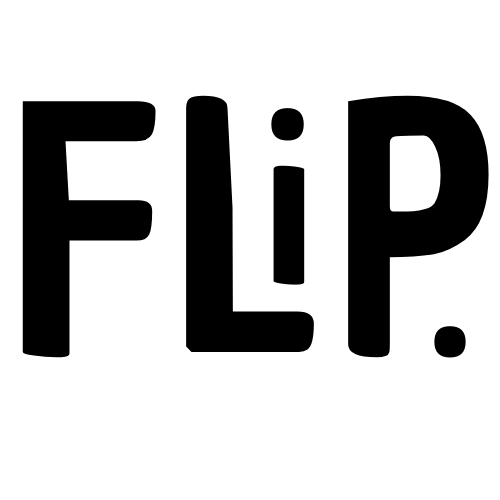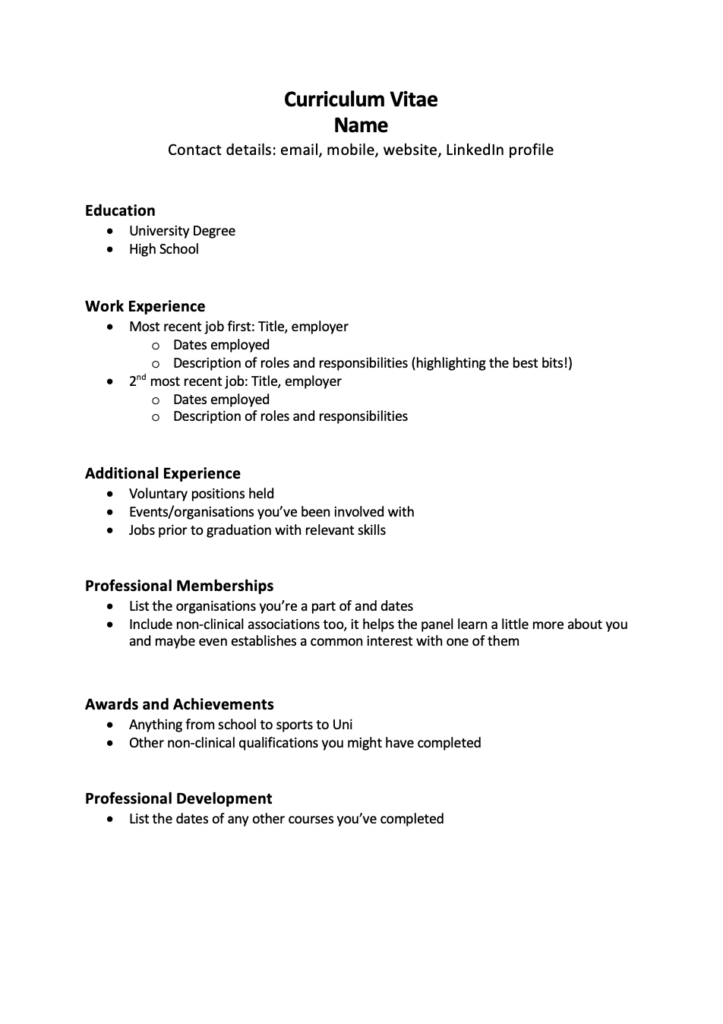Writing your Curriculum Vitae
Your Curriculum Vitae (CV) will become a document that grows and develops with your own growth and development as a health professional. While the initial groundwork required to get things set up just right may initially take some time, it pays dividends in the long run when you have the ability to quickly add updates and send off a professional looking document at a moment’s notice, nabbing you that last minute job advert or impressing a new acquaintance in your professional network.

